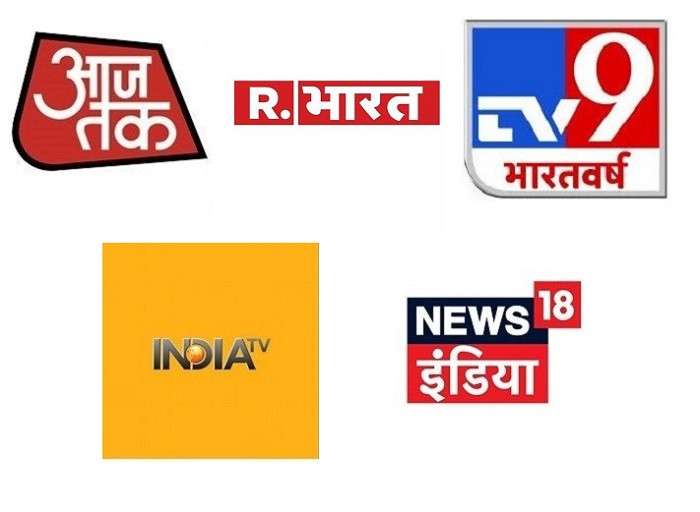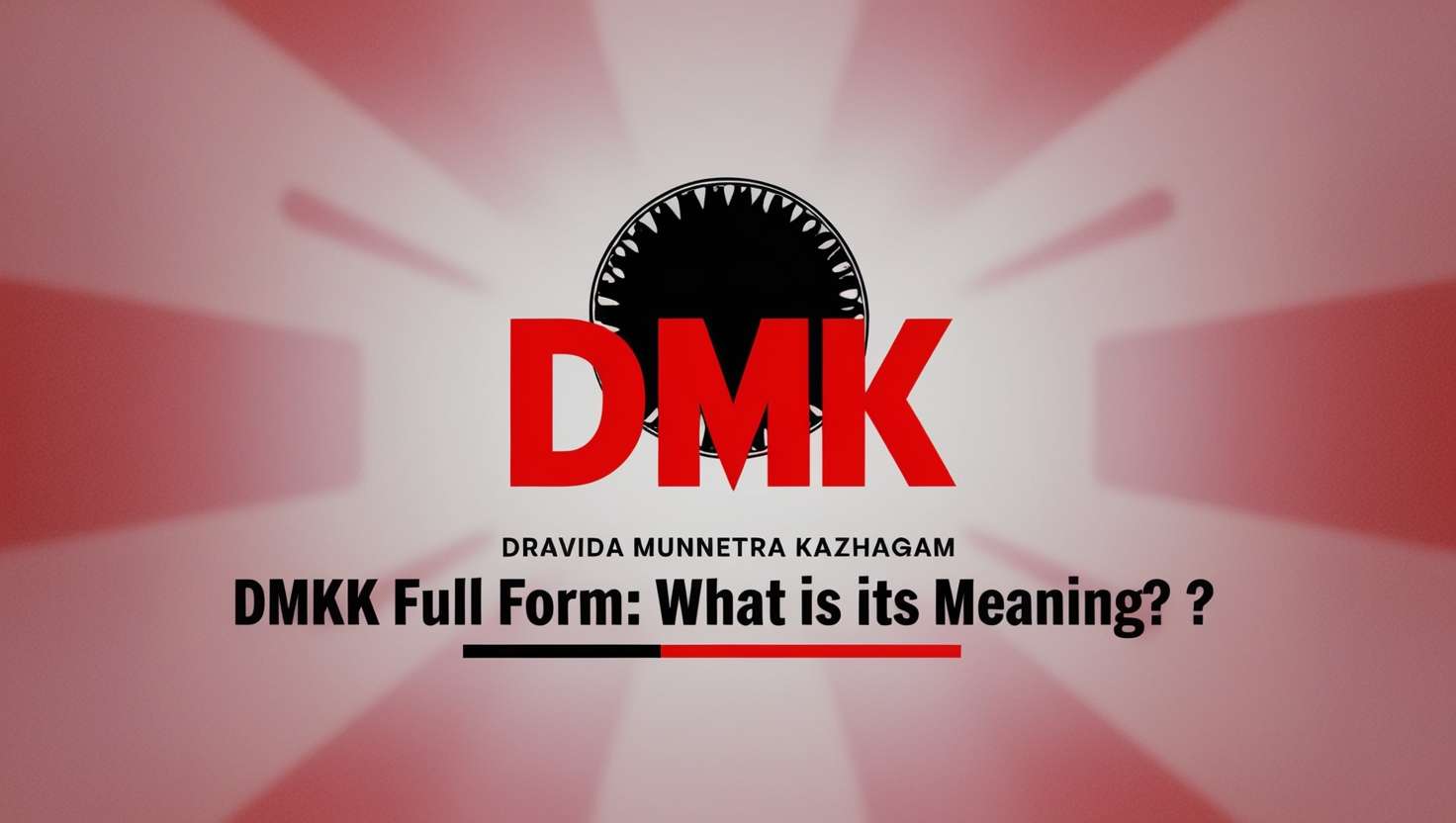Full Form of News
People often think “News” is an acronym, but it’s not. The term “news” actually stems from the late Middle English word “newes” which is the plural form of the Old French word “nueve” meaning “new things”. This etymology underscores that news is fundamentally about reporting new and significant information rather than referring to geographical directions.
Full Form of News – The word “news” has its origins in the Latin word “nova” meaning “new things”. As it traveled through languages and time, it evolved into the Old French “nouvelles” and eventually became “news” in English. This evolution reflects how news is inherently tied to the concept of novelty sharing fresh and relevant information with the audience.
SEE ALSO : CAA Full Form
Key Highlights
- Challenges like combating fake news and maintaining ethical journalism are crucial in the current information landscape.
- “NEWS” doesn’t actually stand for North, East, West, and South.
- The term “news” originates from the idea of something new and noteworthy.
- Throughout history, news has evolved from oral traditions to the digital age.
- Today, news is disseminated through various mediums like print, broadcast, and online platforms.
Introduction
The term “news” is more than just a word; it’s a window into how human societies have communicated vital information across time. While many people believe “NEWS” stands for North, East, West, and South, this is a widespread misconception. The true origin and evolution of “news” are deeply rooted in our quest to share and understand new and significant information. This blog post will unravel the fascinating history of “news,” explore its transformations through the ages, and examine its role and impact in contemporary society.
SEE ASLO : Etc Full Form
Dispelling Myths and Understanding the Truth
The belief that “NEWS” stands for North, East, West, and South likely emerged from an attempt to simplify the term for educational or mnemonic purposes. This misconception, though, underestimates the complex history and deeper connotations associated with the term. Historically, news was shared through various methods, including oral communication, handwritten notes, and printed materials.
In ancient societies, news spread through oral traditions. Storytellers, travelers, and messengers carried information across regions, providing updates on significant events. As societies developed, written forms of news emerged, with early newspapers and government proclamations becoming pivotal in disseminating information.
The printing press, invented in the 15th century, marked a revolutionary shift in news dissemination. It enabled the mass production of newspapers and pamphlets, making news more accessible and fostering the growth of the modern news industry. This technological advancement allowed for widespread distribution of information, setting the stage for the news media as we know it today.
SEE ALSO : CRP Full Form
The Transformation of News Through the Ages
From Oral Traditions to the Printing Press
In ancient times, oral communication was the primary method of sharing news. Historically, storytellers, bards, and town criers were pivotal in spreading information. These methods, while effective, were limited by their reliance on human memory and the speed of travel.
The advent of the printing press in the 15th century marked a watershed moment in the way news was disseminated. Johannes Gutenberg’s press allowed for the mass production of printed materials, making newspapers and pamphlets more widely available. This innovation democratized information, allowing a broader audience to access news and paving the way for the modern news industry.
SEE ALSO : HRMS Full Form
The Electronic Age: Radio and Television
The 19th and 20th centuries brought significant advancements in electronic communication. The telegraph, telephone, radio, and television transformed how news was shared. These technologies enabled real-time communication over long distances, revolutionizing news dissemination.
Radio, introduced in the early 20th century, brought live updates to audiences, providing a new way to consume news. The subsequent rise of television added visual elements to news reporting, making it more engaging and immediate. TV news became a go to for lots of people, giving them all the details and influencing what everyone thinks.
SEE ALSO : ADSL Full Form
The Online News Explosion: How the Internet Made News Huge.
The late 20th and early 21st centuries marked the beginning of the digital age. The internet and social media have drastically changed how news is consumed and shared. Online news platforms, including websites and mobile apps, provide instant updates and breaking news alerts, catering to a growing audience that relies on digital platforms for information.
Social media platforms like Facebook and Twitter have become major players in news dissemination. They allow for real-time updates and user-generated content, but also pose challenges, such as the rapid spread of misinformation. As news consumption increasingly shifts to digital platforms, media literacy and critical thinking have become essential skills for navigating the modern news landscape.
The Diverse News Media Landscape in India
India’s news media ecosystem is a reflection of its vast and diverse population. The country’s media landscape includes traditional print media, broadcast news, and rapidly growing digital platforms. Every way of getting news has its own part in changing what people talk about and giving them the info they need.
Print Media: Newspapers and Magazines
Despite the rise of digital platforms, print media remains influential in India. Newspapers like The Times of India, Hindustan Times, and Dainik Jagran continue to be important sources of news, especially in regional and rural areas. They offer comprehensive coverage of local, national, and international events.
Magazines, such as India Today and Outlook, provide in-depth analysis and feature stories on a range of topics. They cater to niche interests and offer high-quality visuals and editorial content. Despite their less frequent publication schedule and higher cost, magazines remain a valuable resource for readers seeking detailed information and analysis.
| Medium | Advantages | Disadvantages |
|---|---|---|
| Newspapers | Wide reach, established credibility, local coverage | Limited multimedia content, can be outdated quickly |
| Magazines | In-depth analysis, niche topics, high quality visuals | Less frequent publication, can be expensive |

Broadcast News: Television and Radio
Television remains a significant medium for news in India. Channels like Aaj Tak, Republic TV,TV 9,India tv and News India 18 provide 24/7 news coverage, offering updates on a wide range of topics. Television news combines visual and auditory elements to engage viewers and deliver information effectively.
Radio, although facing competition from digital platforms, continues to be relevant, particularly in rural areas. All India Radio (AIR) offers a broad network with multilingual broadcasts, reaching diverse audiences across the country. FM radio stations, while primarily focused on music and entertainment, also provide news updates and discussions on current events.
The Rise of Online News Platforms
Online news platforms have experienced rapid growth in India, driven by increasing internet and smartphone usage. Websites and mobile apps like The Indian Express, NDTV.com, and Scroll.in offer real-time updates and interactive content. These platforms use multimedia elements, such as videos and infographics, to enhance storytelling and engage readers.
Social media platforms play a crucial role in news dissemination in India. They enable real-time updates and facilitate the sharing of information across diverse communities. But, social media also has its problems, like fake news and the need to understand media better.
Impact of Online News
The digital age has democratized news production and consumption but has also introduced challenges like misinformation and the need for media literacy. Understanding how to evaluate news sources and verify information is crucial in the digital era, where information spreads rapidly and can easily be distorted.
Understanding News Formats
News comes in various formats, each serving a specific purpose and audience. Key formats include:
1. News Reports: These provide factual and timely information about recent events. They typically follow the inverted pyramid structure, presenting the most important details at the top and less critical information below. News reports aim to inform readers quickly and clearly.
2. Feature Stories: These offer in-depth analysis and context, often focusing on human experiences and broader topics. Feature stories use storytelling techniques, strong imagery, and interviews to engage readers and provide a deeper understanding of the subject matter.
3. Opinion Pieces: Editorials and columns provide perspectives and commentary on current events. Editorials reflect the official stance of a publication, while columns offer individual viewpoints. Both types of opinion pieces contribute to public debate and discussion, allowing readers to explore different perspectives on important issues.
The Role of News in Society
News plays a crucial role in informing the public, supporting democracy, and shaping public opinion. It connects citizens with their government and promotes civic engagement. By providing accurate and fair information, news organizations help create transparency and accountability.
Informing the Public: A Democratic Necessity
In a democratic society, access to accurate and timely information is essential for informed decision-making. News provides citizens with the knowledge needed to participate actively in democratic processes, hold elected officials accountable, and engage in public discourse.
A well informed public supports a strong democracy by fostering transparency, accountability, and civic engagement. News helps bridge the gap between citizens and their government, ensuring that people are aware of policies, actions, and debates that impact their lives.
The Impact of News on Public Opinion and Culture
News significantly influences public opinion and shapes cultural narratives. By highlighting specific events, issues, and viewpoints, news media affects how people perceive and understand the world. The framing of news stories, selection of sources, and presentation of information can shape public attitudes and beliefs.
News also reflects societal values, beliefs, and norms. Coverage of social movements, cultural trends, and artistic achievements influences how the public views and engages with these topics. Understanding how news is framed and presented helps readers critically evaluate information and form well-rounded opinions.
Challenges Facing News Today
The news industry faces several challenges in the digital age, including the spread of misinformation, the pressure to produce content quickly, and the need to maintain ethical standards. Addressing these challenges is crucial for ensuring the integrity and reliability of news.
– The Battle Against Fake News
The digital era has brought about a significant increase in the spread of fake news. Misinformation can spread rapidly online, undermining trust in the media and causing confusion among the public. To combat fake news, news organizations must prioritize rigorous fact-checking, verify information from multiple sources, and clearly distinguish between news and opinion pieces.
Social media platforms also play a role in addressing fake news by implementing measures to identify and remove false content, as well as promoting media literacy among users. Educating the public on how to critically evaluate information and identify reliable sources is essential in the fight against misinformation.
– The Pressure of the 24/7 News Cycle
The advent of digital media has led to a 24/7 news cycle, where news organizations are under constant pressure to produce and publish content quickly. While this speed allows for timely updates, it can also lead to a focus on sensationalism and superficial reporting.
Maintaining journalistic integrity amidst the demands of a 24/7 news cycle is crucial for upholding trust and credibility. News organizations must balance the need for speed with the commitment to accuracy, thoroughness, and ethical standards.
– Ethical Journalism and Transparency
Ethical journalism is the cornerstone of a trustworthy news industry. News organizations must adhere to principles of fairness, accuracy, and transparency. This includes disclosing sources, correcting errors, and avoiding conflicts of interest.
Being open and honest is key to keeping people’s trust. News organizations should be open about their reporting processes, funding sources, and editorial policies. By adhering to ethical standards and promoting transparency, the news industry can strengthen its role as a reliable and credible source of information.
The Future of News: Embracing Innovation and Adapting to Change
The future of news is likely to be shaped by ongoing technological advancements and evolving consumer preferences. As the media landscape continues to change, news organizations must embrace innovation and adapt to new trends.
The Role of Artificial Intelligence and Automation
Artificial intelligence (AI) and automation are increasingly being used in news production and distribution. AI tools can analyze data, generate reports, and personalize content for readers. While these technologies offer opportunities for efficiency and innovation, they also raise questions about job displacement and the need for human oversight.
News organizations must carefully balance the use of AI with the need for human judgment and ethical considerations. Ensuring that automated processes adhere to journalistic standards and contribute to accurate, balanced reporting is essential for maintaining the integrity of news.
The Rise of Immersive Technologies
Immersive technologies, such as virtual reality (VR) and augmented reality (AR), offer new ways to experience and interact with news. These technologies can provide immersive storytelling experiences, allowing readers to explore news events from different perspectives.
As immersive technologies become more accessible, news organizations may use them to enhance storytelling, engage audiences, and provide deeper insights into complex issues. However, it is important to consider the potential impact on media literacy and the need for ethical guidelines in the use of these technologies.
The Importance of Media Literacy and Critical Thinking
As news consumption increasingly shifts to digital platforms, media literacy and critical thinking are more important than ever. Educating readers on how to evaluate sources, verify information, and recognize bias is crucial for navigating the modern news landscape.
News organizations, educators, and policymakers must work together to promote media literacy and equip individuals with the skills needed to critically engage with news. By fostering a well informed public, we can support a vibrant and democratic media environment.
Conclusion
The evolution of news from ancient messengers to digital titans reflects its enduring significance in our lives. As technology continues to advance and the media landscape evolves, understanding the true meaning of “news” and adapting to new trends is crucial for fostering an informed and engaged society.
By critically evaluating news sources, embracing ethical journalism, and promoting media literacy, we can navigate the complexities of the modern news environment and support a well-informed public. The future of news will undoubtedly be shaped by innovation and change, but its core mission to inform, engage, and empower remains as vital as ever.




One thought on “Full Form of News Basics: How News Has Changed and Affected Us From Ancient Scrolls to Online Updates”